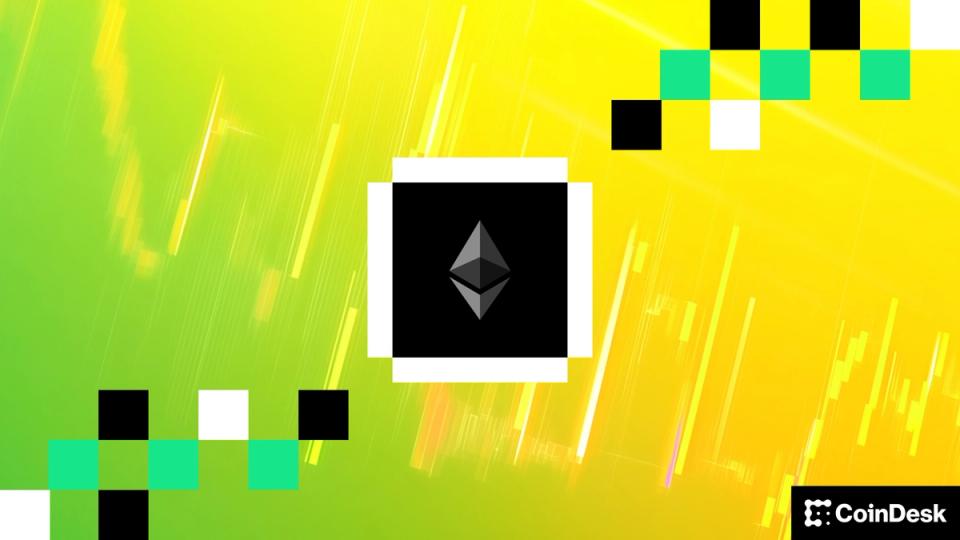Ether hovered around $4,023 after repeated defenses of the $4,000 level when Arkham said on October 28 that BitMine pulled about $113 million of ETH from Bitgo and “bought the dip.”
In a press release issued on October 27, Bitmine Immersion Technologies (BMNR) said its crypto, cash and “moonshots” totaled $14.2 billion, including 3,313,069 ETH, $305 million in unencumbered cash and smaller holdings such as 192 BTC and an $88 million stake.
The company described itself as the largest ether treasury and highlighted trading liquidity — about $1.5 billion in five-day average daily dollar volume, which it said ranks the stock around No. 46 in the US. It also noted a group of well-known backers and reiterated a goal of reaching the “alchemy of 5%” of ether supply.
Chairman Thomas “Tom” Lee linked the recent activity to broader conditions, saying an easing of US-China tensions could support risk appetite. He said open interest in ether derivatives had reset to mid-year levels and called the setup attractive on a risk/reward basis.
BitMine said it raised $305 million in cash and acquired 77,055 ETH over the past week, bringing its holdings to 3.31 million ETH, or about 2.8% of the supply.
Market overview
According to CoinDesk Research’s technical analysis data model, ether rose modestly, while declines towards the round number floor continued to attract buyers. Tone improved towards the end as selling pressure eased and price rebuilt above support.
Support Defense vs. resistance test: what traders should see
With few fresh catalysts, trading centered on whether the $4,000 floor would hold and how quickly the price could approach nearby ceilings. Investment flows were mixed: ETH investment products saw the first weekly outflow in five weeks, totaling $169 million, while 2x leveraged ETH ETPs continued to attract strong interest – signs of portfolio adjustments along with continued demand for enhanced exposure.
Key technical levels signal consolidation for ETH
Support/resistance
- Primary Support: $4,000 (Psychological Zone).
- Secondary Support: $3,965; then $3,920; deeper check near $3,780.
- Initial resistance: $4,050–$4,080; main barrier: $4,200.
- Continuation Trigger: A break above $4,250 “opens an extension phase” against $5,270-$5,940 on the extension chart.
Price and reach (number of sessions in one place)
- Close/Change: $4,022.71, +0.98%.
- High/Low and Total Range: $4,102.69 / $4,018.51; $211.28 range.
- Reconstruction per hour: $4,000.75 → $4,018.87 → $4,023.10.
Volume analysis
- Activity Increase: 549,762 contracts under the breakdown probe (≈ 149% of 24-hour average).
- Session context: +35% vs. seven-day average, consistent with institutional repositioning rather than retail panic.
- The volume profile supports the idea of a double bottom near $4,000 (buyers absorb supply in the same area twice).
Chart Patterns
- Double bottom at $4,000: Two dips to roughly the same spot followed by a bounce—often read as sellers tiring and buyers resurfacing.
- “Power-of-3” rhythm: Accumulation → shakeout → stabilization; can precede a clearer move if nearby ceilings break.
- Long-term channel (since 2017): Described as intact and supporting a constructive, bigger-picture backdrop.
Objectives and risk framing
- Upward steps: $4,200 first; $4,320–$4,500 if momentum builds; $5,270–$5,940 only if $4,250 is decisively repaid (road markers, not promises).
- Downward Control: If $4,000 / $3,965 fails, see $3,920, then $3,780.
- Tactics: Prefer long setups above $4,000 with stops below $3,965 and treat $4,000 as the practical line in the sand.
Disclaimer: Portions of this article were generated with the help of AI tools and reviewed by our editorial staff to ensure accuracy and compliance with our standards. For more information, see CoinDesk’s full AI policy.



